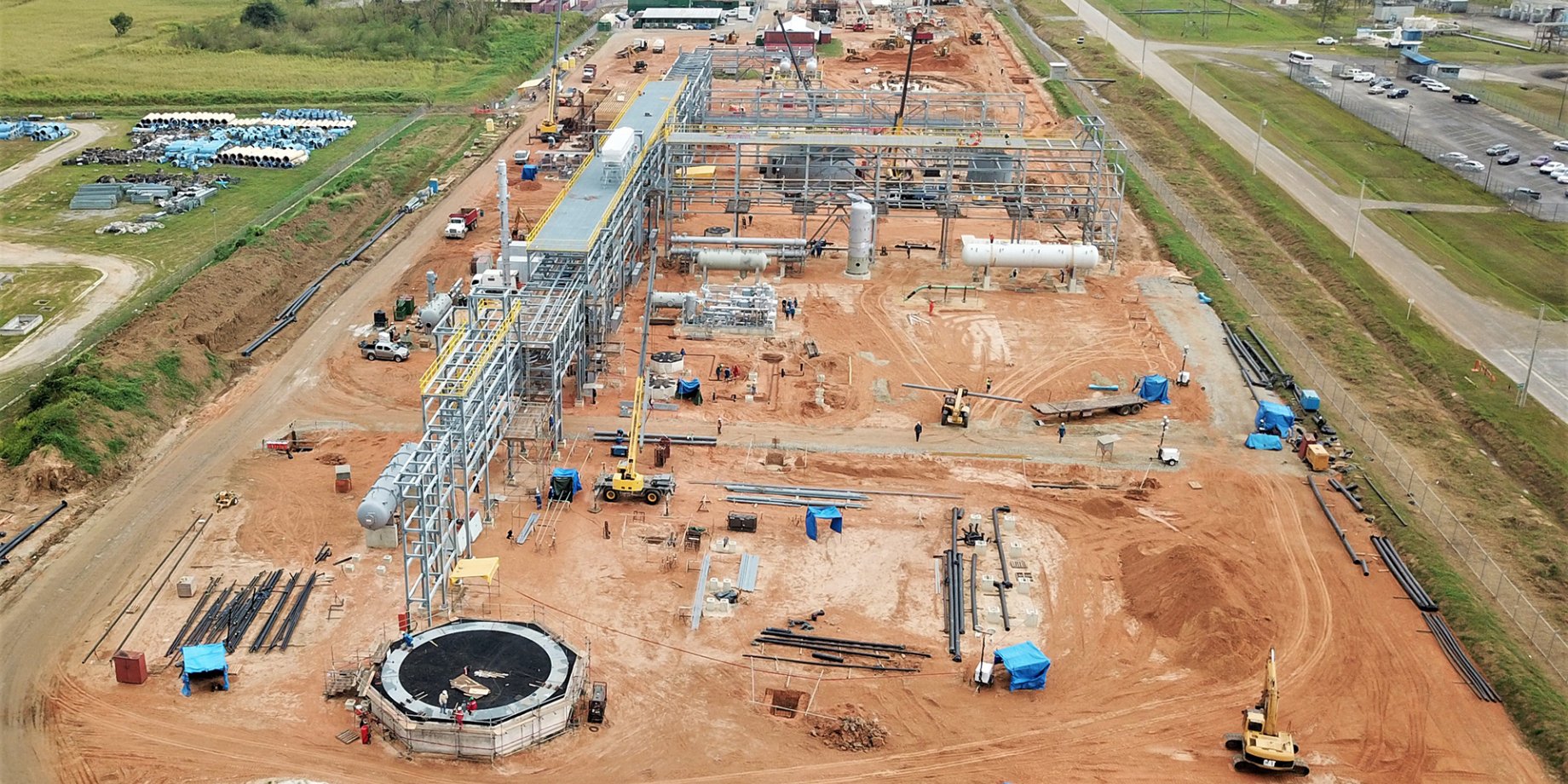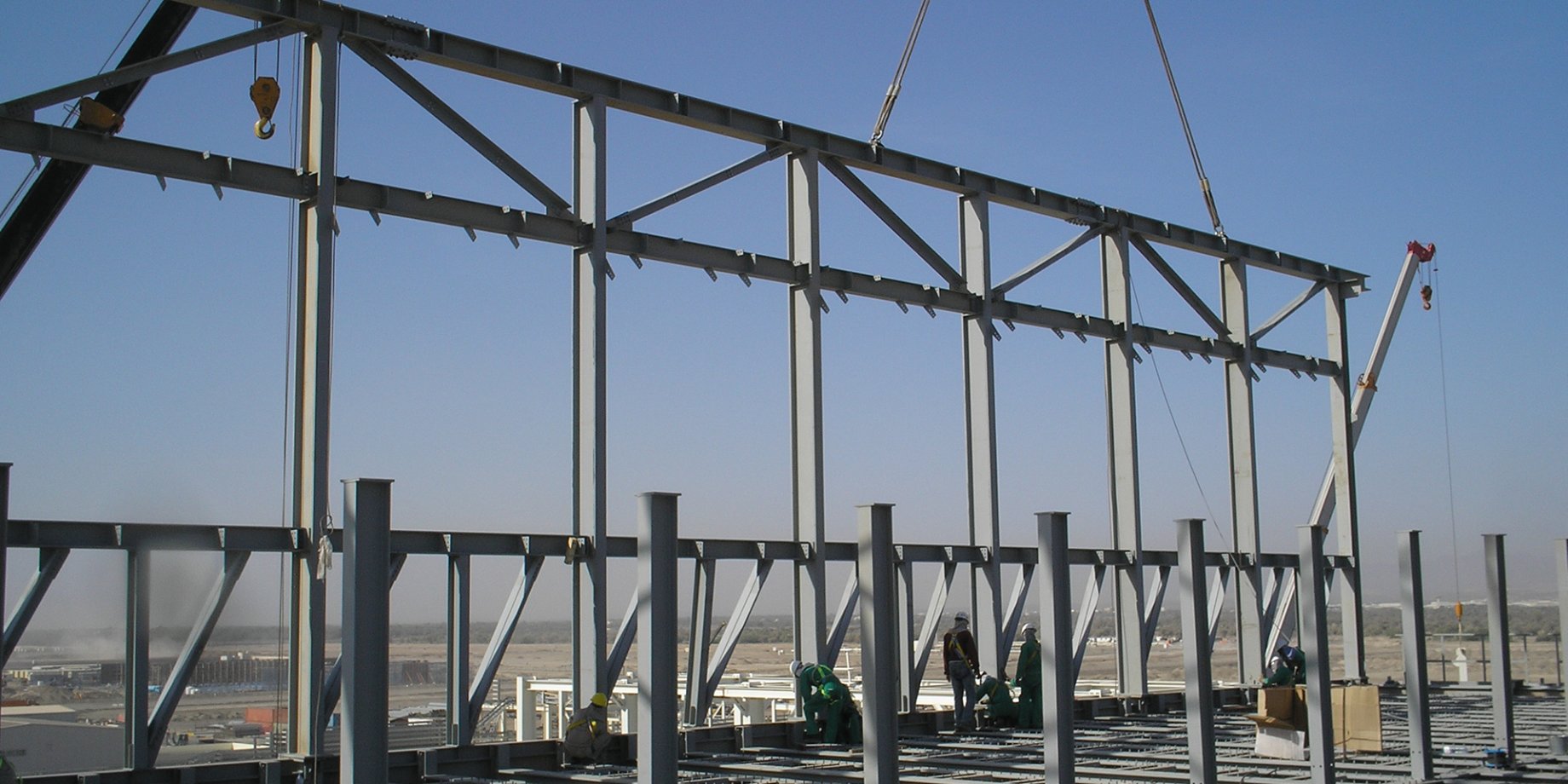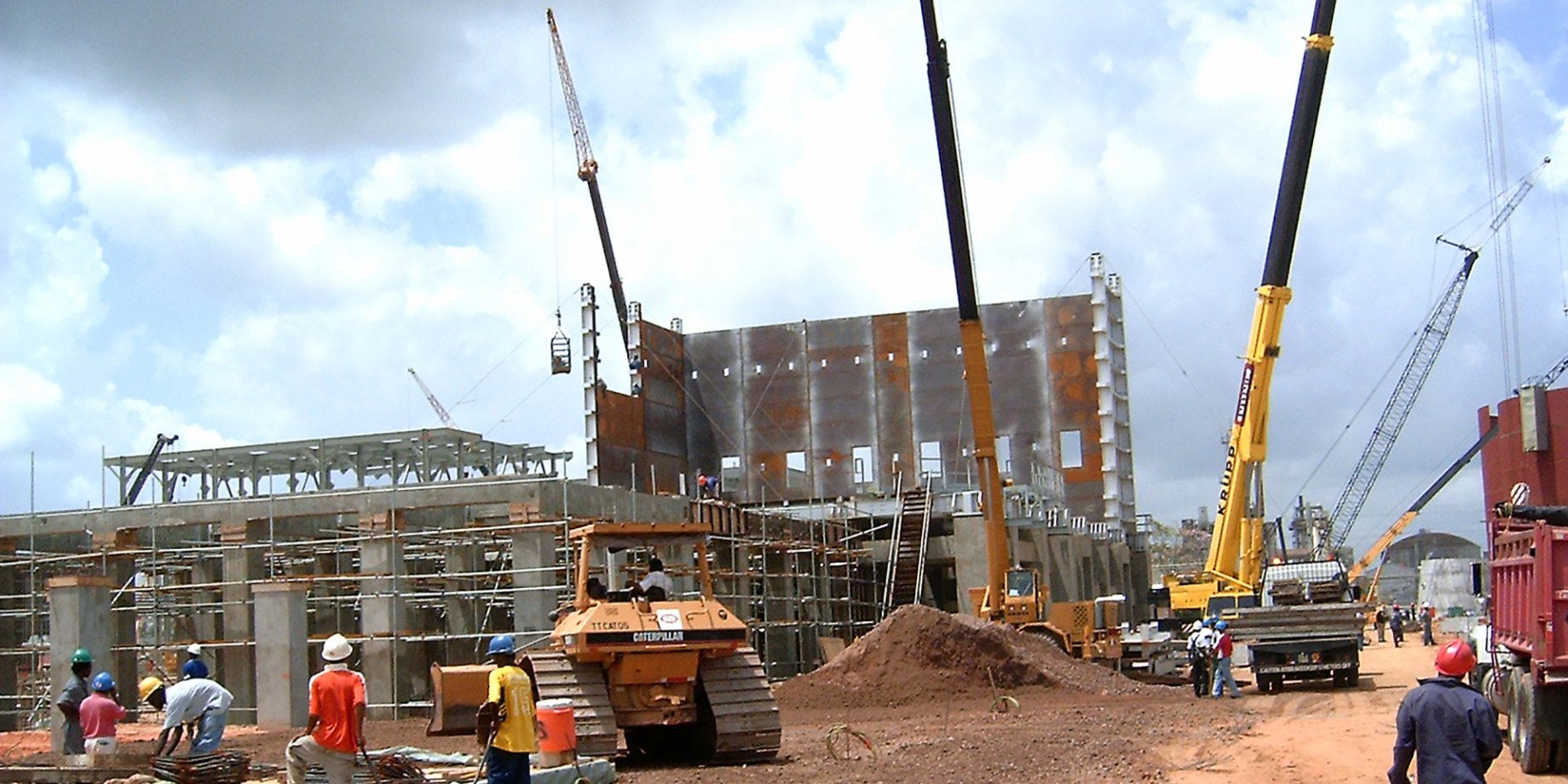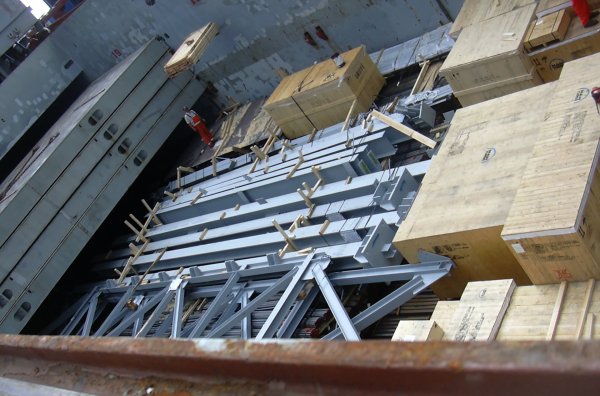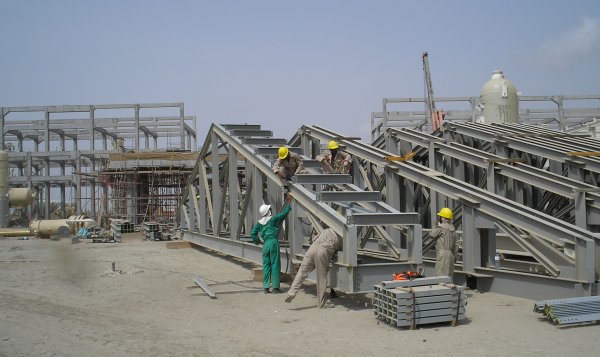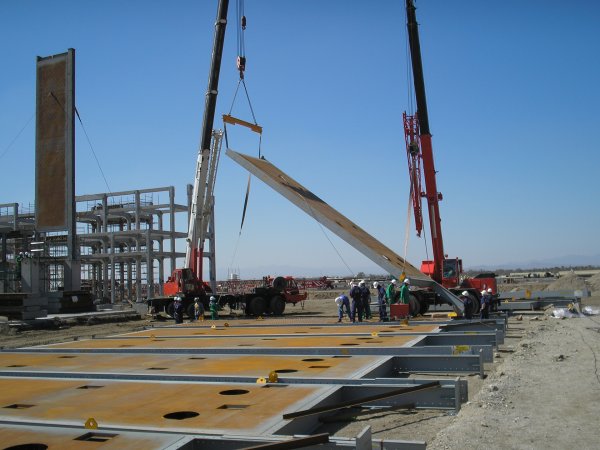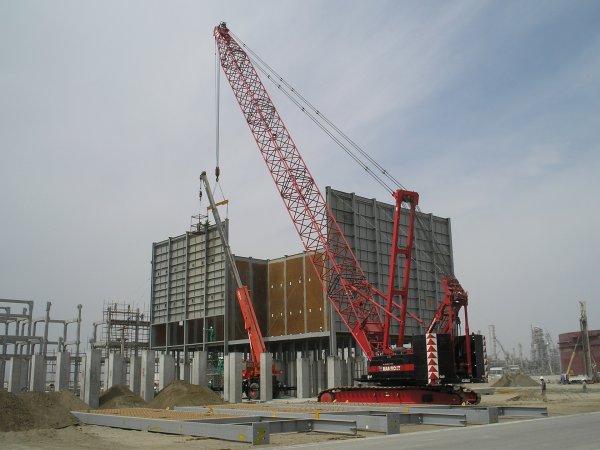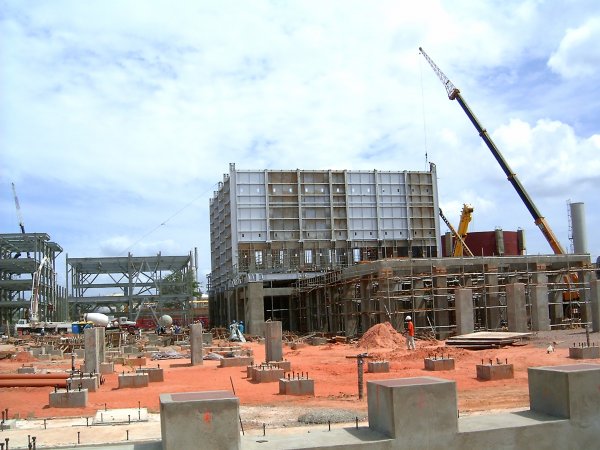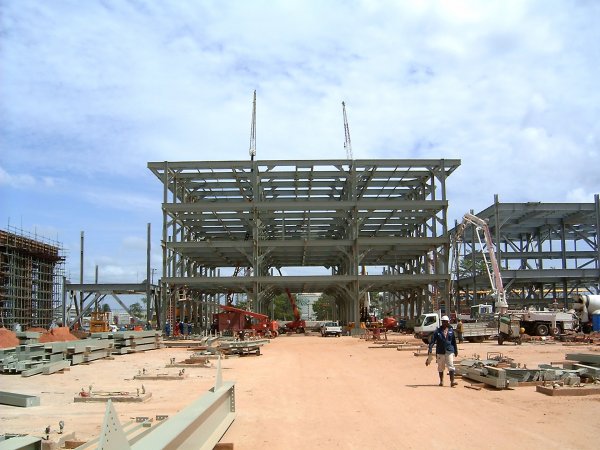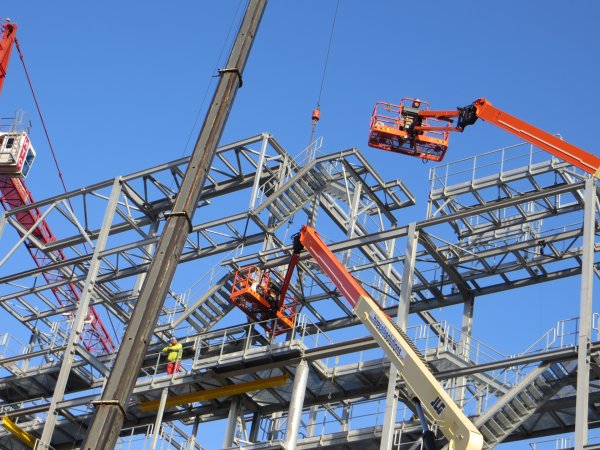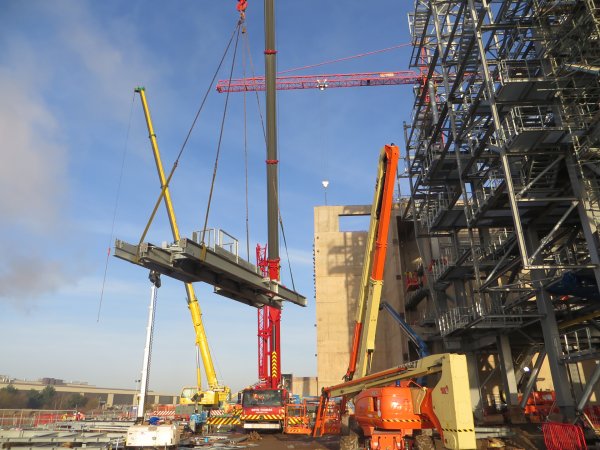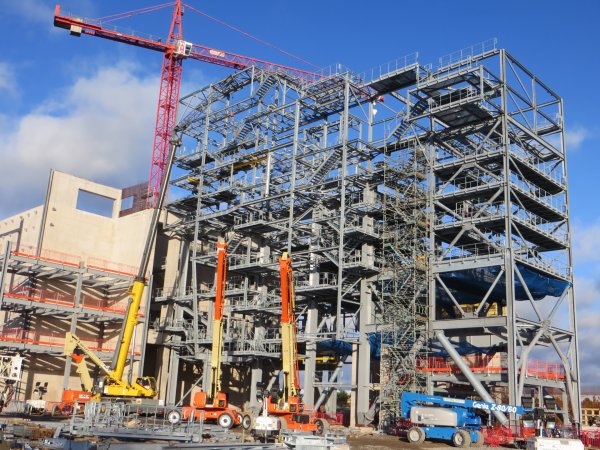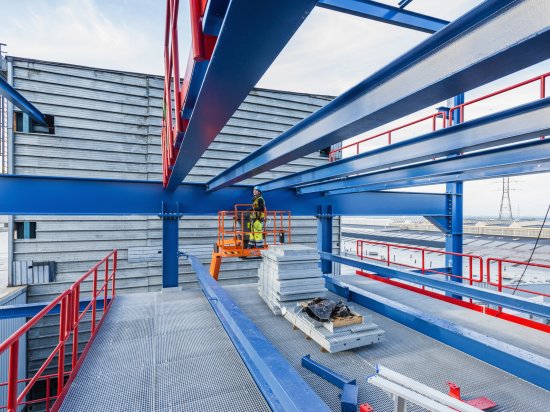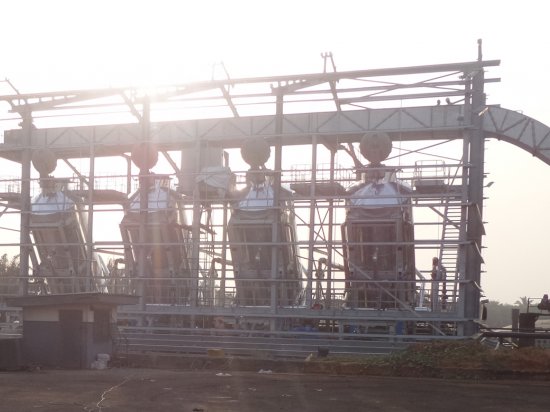Engineered for the purpose
It does require the steel constructor to be well-organized. “Not every European constructor can carry out such projects,” Teuwen admits. “For one thing, they need an engineering office with a solid understanding of non-European standards, including factors such as resistance to earthquakes. Structures should also be engineered in such a way that they can be easily shipped in batches and erected by local teams, using special equipment. It also requires constructors to meticulously plan their work, making sure that offsite parts production is aligned with the onsite project plan. In other words, don’t leave it until the last batch to ship vital structural elements!”
Avoid losses due to delays
And what about the administrative load and additional shipping costs? “They shouldn’t be overestimated,” says Teuwen. “The administrative burden can be high in some countries, but a well-organized company can deal with that. And yes, shipping is an extra cost, but it’s really a minor fraction of the entire budget, often less than 10% of the steel structure cost. For the project developer it is much more important to reduce project risks, because a potential project delay represents a much bigger loss.”
